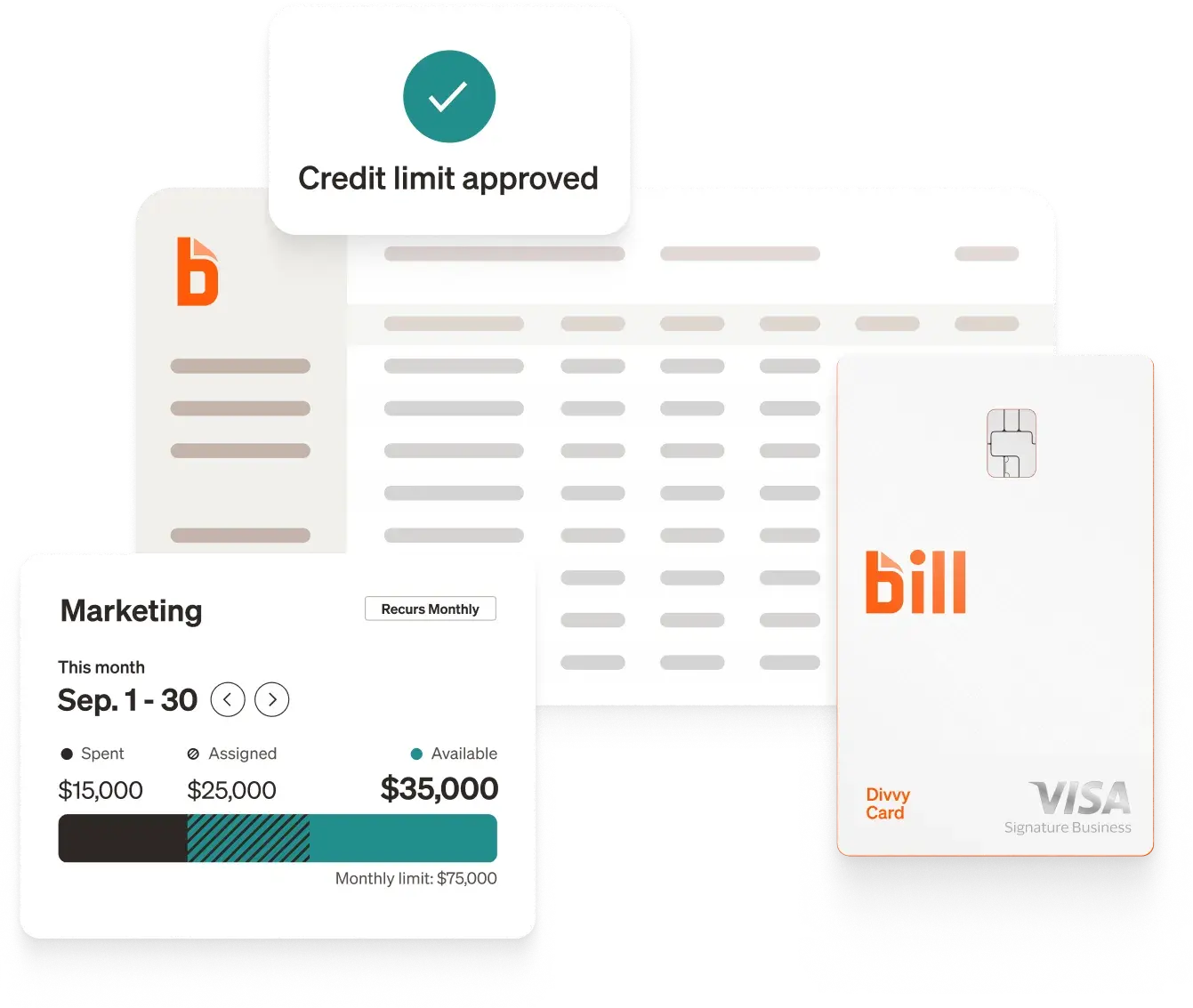Top wealth management firms and investment professionals understand that measurable goals and intangible qualities like trust reinforce each other, creating practices that naturally grow and evolve.
This guide covers 10 of the most common challenges financial advisors face in setting and achieving wealth management goals with clients, offering solutions and best practices that can help your practice thrive.
What are wealth management goals?
You know what wealth management goals are, but do your clients? The difference between the investment advice you give them and the investment strategies they actually follow can be extreme. But when those choices impact their financial future, not to mention future generations, they're likely to look at their investment adviser before they look at their own financial life.
That's why it's so important for financial planning services to translate client statements and behavior into achievable financial objectives that can guide future results—setting financial goals that can preserve wealth even under the most challenging market conditions.

10 challenges in managing wealth management goals
Unfortunately, setting and managing goals with high-net-worth clients isn't always a walk in the park. Here are 10 challenges that can mean the difference between scrambling and thriving, depending on how you handle them—along with recommended solutions for each one.
1. Vague or undefined goals
Some high-net-worth (HNW) clients may have trouble articulating specific, measurable goals. In fact, there's a sense in which clients of more modest means can sometimes be easier. Their goals tend to be immediately accessible, like saving for retirement or making sure their children will have enough money for college. High-net-worth clients don't share these "typical" problems, rendering their financial goals sometimes harder to define.
Solution: Implement a structured discovery process. Experiment with exercises to help clients identify their own values or questionnaires that can tease out a deeper sense of purpose. As a bonus, you'll get to know your clients on a more profound level.
2. Multiple, competing goals
On the flip side, HNW clients can also have the opposite problem. Numerous complex goals tend to conflict with each other, competing for resources—legacy, philanthropy, business succession, lifestyle spending, and family support, to name a few.
Solution: Develop proprietary frameworks and scenario planning tools that prove your value by helping clients prioritize their goals. Spark discussions (ideally with family members) to rank goals and help everyone understand the trade-offs, modeling the ways in which different resource allocations and strategies could impact actual results.
3. Difficulty translating qualitative goals into quantitative plans
When clients talk about leaving a legacy or having an impact, they're expressing deeply meaningful goals that don't always translate into concrete plans, numbers, or timelines. How do you translate important, nebulous goals into effective planning?
Solution: Work with clients to define specific milestones that represent progress toward their larger vision. Consider embracing visual tools and modern storytelling techniques to help them develop a more concrete picture of today's financial decisions and tomorrow's impact.
4. Lack of spousal and family alignment
Family wealth often comes with complex relationship dynamics. Different family members may hold conflicting views about priorities, leading to tension or even paralysis when it comes to planning—and undermining your carefully crafted strategies.
Solution: Create structured opportunities for financial family dialogue. Schedule joint planning sessions that bring key stakeholders together to build shared understanding and commitment, and work toward agreement around formal family governance structures.
5. Client behavioral biases
Even sophisticated investors can fall prey to emotional decision-making, especially during market volatility. Overconfidence, loss aversion, and other behavioral biases can lead clients to make choices that undermine their long-term goals.
Solution: Make behavioral coaching a core part of your practice whenever you can. If you can help clients recognize their own tendencies, you can establish guardrails against emotional decisions and keep them focused on long-term objectives during market stress.
6. Complexity of financial structures
High-net-worth clients often maintain intricate financial arrangements involving multiple entities, financial instruments, and international holdings. This complexity can make it challenging to keep all the components working together toward common objectives—not to mention evaluating the tax implications.
Solution: Invest in financial automation technology that provides a clear view across all holdings. Coordinate actively with other professional advisors to maintain alignment, and create clear documentation showing how each structure supports specific goals.
7. Underestimating longevity and healthcare costs
Increasing lifespans and rising healthcare costs create planning challenges that many clients underestimate. Even substantial wealth can be strained by decades of retirement and potential long-term care needs.
Solution: Use conservative planning assumptions that account for extended lifespans, healthcare inflation, and worst-case scenarios for long-term care. Staying on top of medical advancements and sharing that information with your clients can help them understand the risk while impressing them with your foresight.
8. Difficulty measuring philanthropic success
Charitable goals often prove challenging to quantify. Unlike investment returns, impact metrics can be subjective and hard to measure, yet clients naturally want to know their giving is making a difference.
Solution: Work with clients to define specific, measurable outcomes for their philanthropy, just like you do for their investing. Connect them with nonprofit organizations that offer clear donor-impact metrics, and set up regular reporting that captures both quantitative and qualitative measures of success across their charitable portfolio.
9. Lack of client engagement
Some clients can be hard to reach (until they need something, that is), making it a real challenge to maintain an effective working relationship. This disengagement can lead to drifting alignments and missed opportunities for adjustment.
Solution: Make engagement easier through interactive tools and clear communication. Use technology to reduce friction in the review process and create natural touch points such as mobile approval workflows and automated reporting.
10. Time constraints for advisors
Deep discovery and analysis, personalized planning and guidance, and the constant monitoring of financial goals all take a lot of time—but that's the personal touch your practice thrives on. As firms grow, maintaining this level of attention for each client at scale can become a significant challenge.
Solution: Leverage wealth management technology to automate routine tasks while maintaining personal touch points and connections for strategic discussions. Also, consider team-based service models that match specialist expertise to specific client needs.

How technology can support your wealth management goals
When integrated thoughtfully, emerging technology solutions can amplify your practice. The right tools enhance efficiency as well as client satisfaction through visibility, security, and the capacity for meaningful client engagement.
Streamlining client onboarding and service
Digital tools can transform client onboarding and service delivery from potential friction points into smooth transitions. Automated systems reduce processing time by 50% or more while ensuring accuracy and compliance. When technology removes administrative barriers, it naturally creates more space for valuable personal interaction.
Enhancing investment management capabilities
Advanced financial platforms enable more sophisticated strategies while improving consistency and efficiency. Automated systems maintain alignment with client goals while reducing manual effort and potential errors—and ensuring that those systems integrate with each other can streamline workflows while enhancing accuracy and security.
Improving client communication and reporting
Digital platforms enhance client engagement by creating multiple channels for meaningful interaction. Client portals and mobile apps provide convenient access to important information, while automated reporting ensures consistent updates. When technology supports rather than replaces personal connection, it strengthens relationships naturally.
Tracking goal progress and practice metrics
Analytics and tracking tools provide real-time insight into how different aspects of the practice influence each other. These systems help identify both opportunities and potential issues early, enabling proactive responses that maintain positive momentum.
How BILL can help you reach your wealth management goals
BILL provides integrated solutions that enhance practice capabilities while deepening client relationships.
From automated payment processing to comprehensive expense management and reporting, BILL's solutions provide visibility, enhance trust, and free up time for what matters most—building lasting client relationships. Our robust security features and seamless integration capabilities ensure smooth operations while maintaining the highest standards of data protection.








